If you’ve subscribed to my newsletter, you likely know I completed my first 100km in the hills of Lake District, UK.
But can you believe I was in a pickle for what trail shoe to wear for the race?
I put enough shoes on my feet; surely I could find the perfect shoe, right?
Well, I didn’t. So I went exploring, and I’d like to explain my journey as I hope it will help you find your next shoe, whether you’re running 100km, 50km, or 5km.
In all my reviews, I start with the fit of the shoe. And that’s for a good reason.
If a shoe doesn’t fit, it’ll never work.
So even if the shoe is made specifically to make you go 10% faster, if it doesn’t fit, you may go 100% slower! (as in…. DNF)
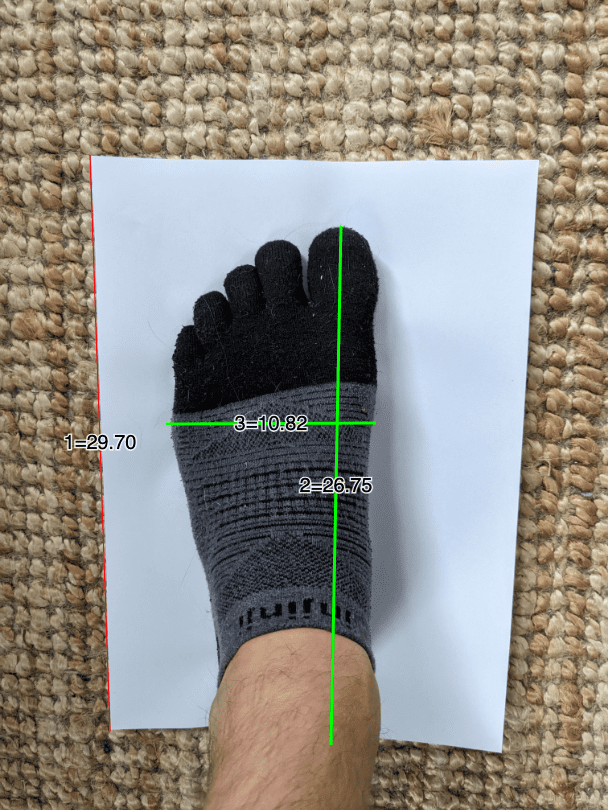
My feet are relatively average, with a little extra width in the midfoot.
They’re in between a straight and a fan shape.
My toe splay isn’t huge.
And my depth is fairly average.
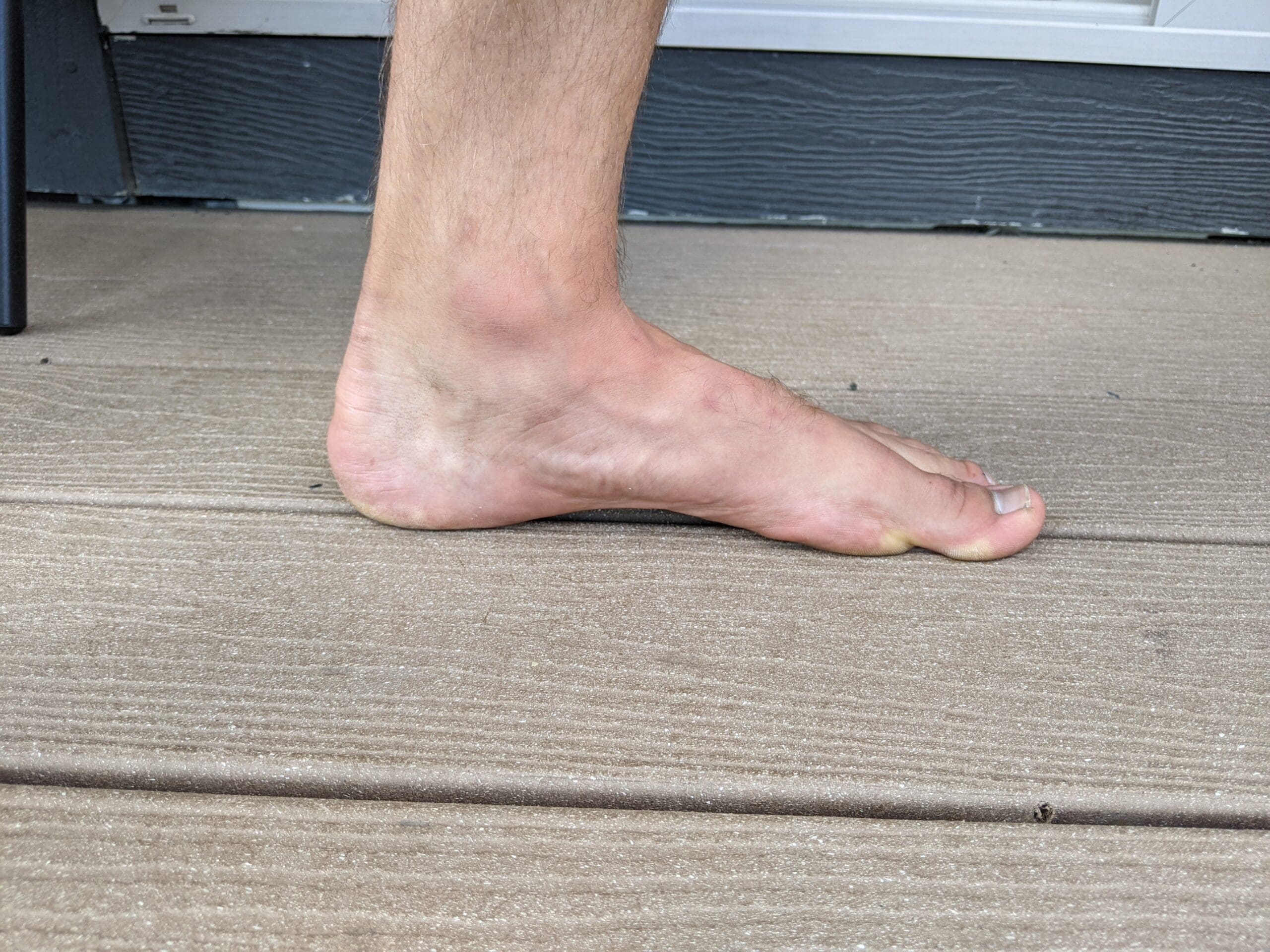
All that means is I’m pretty lucky, and most shoes will work for me. The only barefoot shoe options that are not great for me are super wide, super deep options.
Brands I tend to opt for are Xero Shoes and Altra’s, with the occasional Vivobarefoot.
So that’s where I started my exploration!
Choosing the right shoe for the job!
Next up after fit is matching the features of a shoe to the race conditions.
For example. If running in wet, muddy conditions, you need a shoe with a good grip and adequate drains.
Alternatively, for dry, rocky conditions, you want a durable shoe with good breathability and protection.
But that’s not where it stops, though.
You must look in the mirror and reflect on your current running condition and shoe history. Have you run the distance before? How is your barefoot strength? What shoes have you used in training?
This is what I did, and I came to a conclusion you may be surprised with.
I chose a higher stack zero drop shoe
Higher stack!? But you’re a barefoot runner, aren’t you?
That’s mostly true, but I’m not married to the idea that minimal shoes are the correct choice for all runs. And this situation proved that perfectly.
I’ve never done 100km before. And in my previous 50km race in minimal shoes, I had a lot of knee stiffness.
The logical choice was to find a solution to lessen the load on my lower legs and knees. Or do a bunch of strength training to improve my resilience, but with 6 weeks to go, it was too late for that!
Lastly, I only choose zero-drop because that’s what I’ve done best with in the past. I’m not against a shoe with a tiny drop, but I’ve not had enough experience to jump into that now.
Altra Olympus – The stack height is way too high for me.
Altra Lone Peak – I’ve had midfoot pain in this model in the past.
Altra Superior – Too minimal for this race
Altra Timp – The outsole is not aggressive enough.
Topo – I’d not had enough experience in them to be confident in choosing a model so close to the race.
Hello, Altra Mont Blanc.
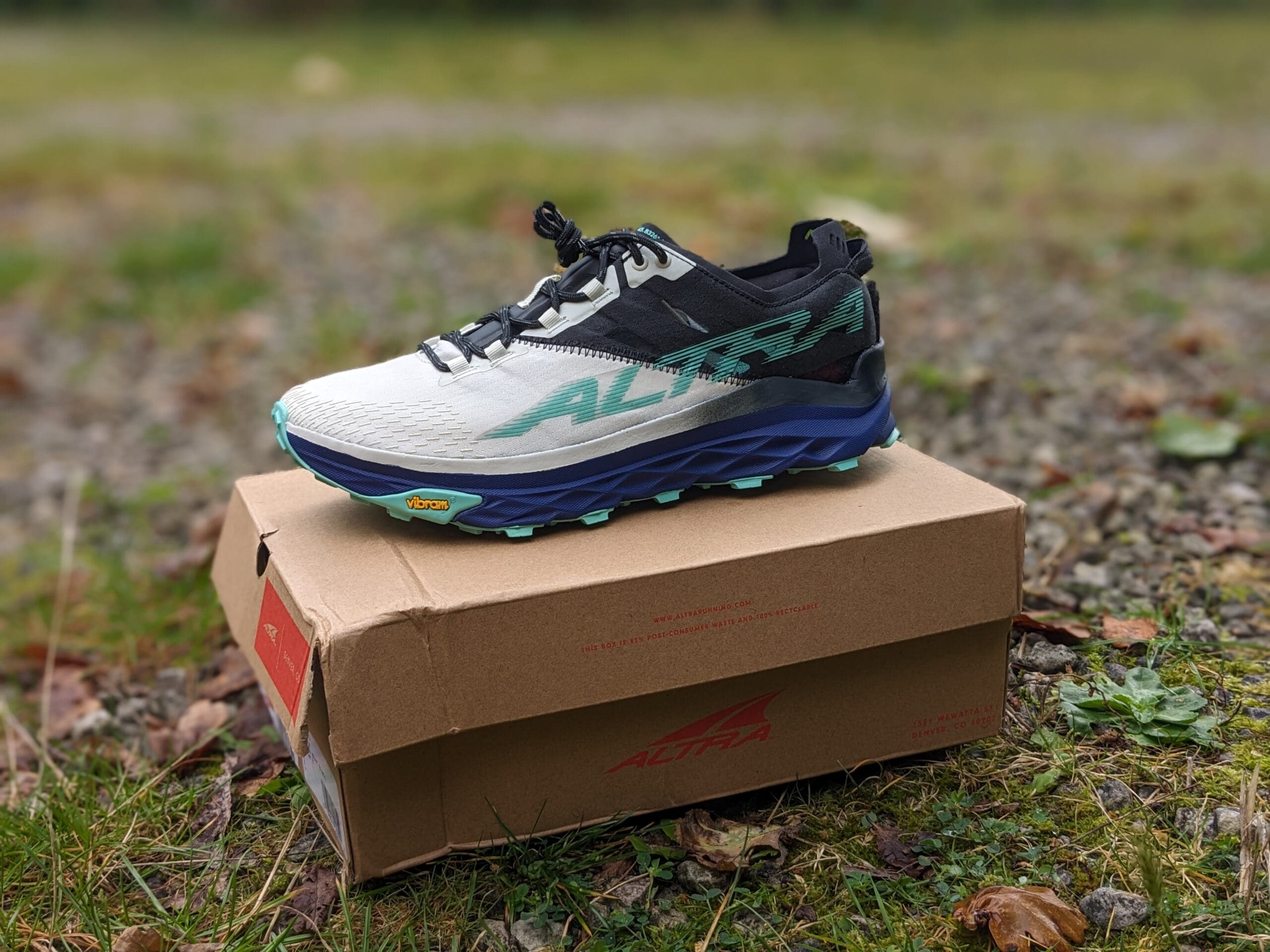
A higher stack trail shoe with a hint of rocker and an aggressive outsole.
It’s race-ready and zero drop. Sounds perfect, eh?
WRONG!
After 3 weeks of lacing, lacing, and re-lacing, there was no chance the Mont Blanc would work for me. The fit was all wrong, and my heel was slipping on every run (I’ve never had that in any other shoe).
I had 3 weeks left, and that’s not enough to find another new shoe.
Xero Shoes Mesa Trail II – I love this shoe, but that’s what I ran the 50km in. Too minimal
Vivobarefoot Primus Trail Knit – I wasn’t finding the fit too great, and it was still too minimal.
Last stop – Xero Shoes Scrambler Low

I was lucky enough to get these shoes for review in late summer. And to my surprise, I really enjoyed running in them.
The upper had a hint of old Altras, and the stack height was nicely in the range between high stack and minimal.
What the Xero Shoes Scrambler Low had going for it:
- The fit was fantastic. I never had any sore spots or blisters
- The outsole was aggressive enough for the English mud.
- The stack height was higher than the Mesa Trail II.
But there were drawbacks to these shoes, too:
- A little more minimal than I wanted.
- The upper became a bit little sloppy after +20km
- The upper holds onto a lot of water
But hey, that list isn’t too bad! At least they fit well.
NO!
That’s not what this post is about.
I wanted to give you a sneak peek into my shoe selection choice so you can learn from my thinking.
I also wanted to show you how hard it is to get right! And in the end, you usually have to compromise.
There’s likely no perfect shoe out there, but you must find the least-worst option! 🙂
So next time you’re looking for a shoe, use the following points.
- Get the fit right!
- Match the shoe to the conditions you’ll be in
- Compromise on all the aspects you thought were important in a shoe. 🙂
Oh, and by the way. I finished the race with zero shoe issues. Even though my feet were super wet, I never needed to change my shoes or socks once. In the end, the Scrambler Low was the best choice for me.



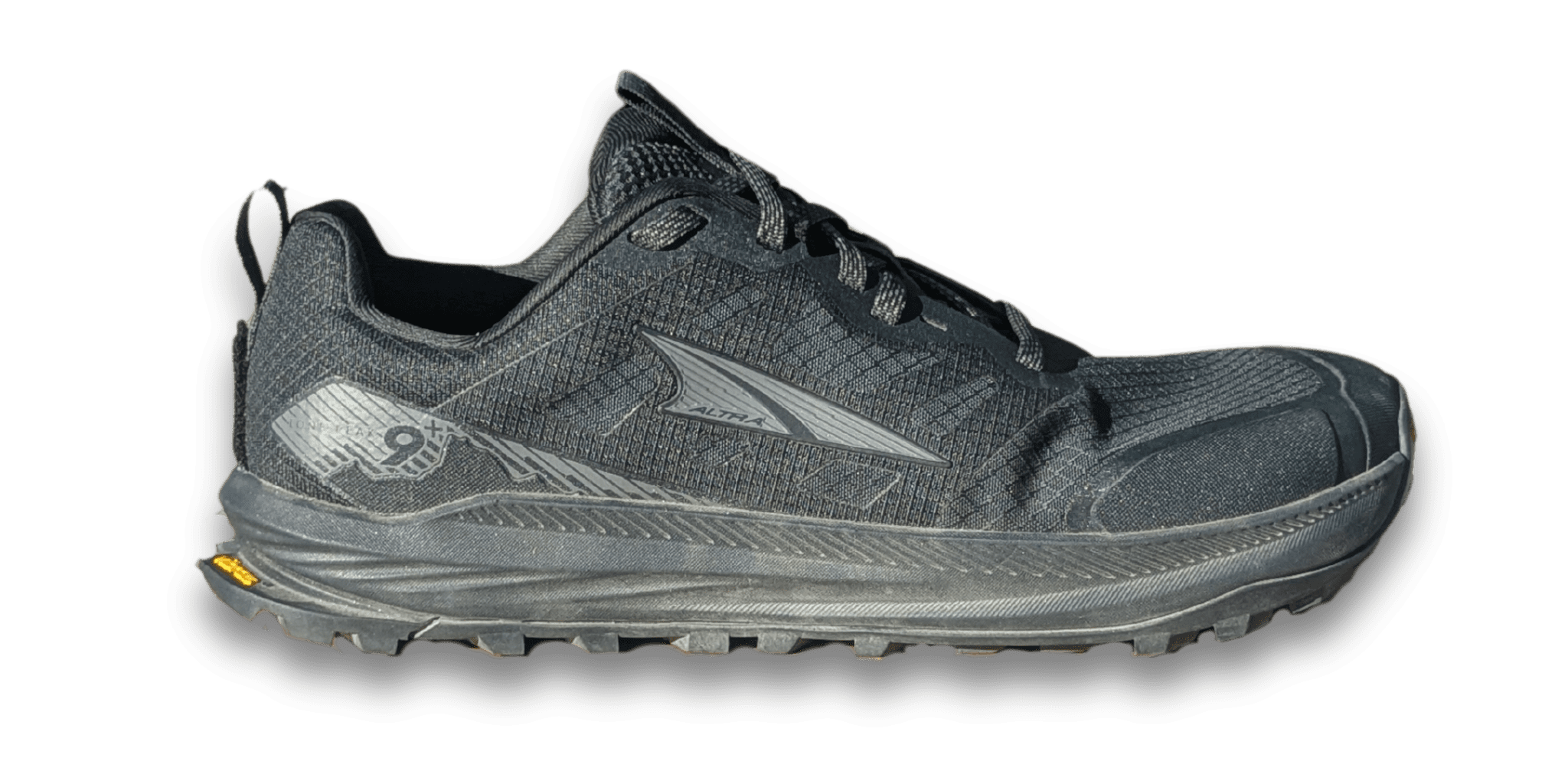



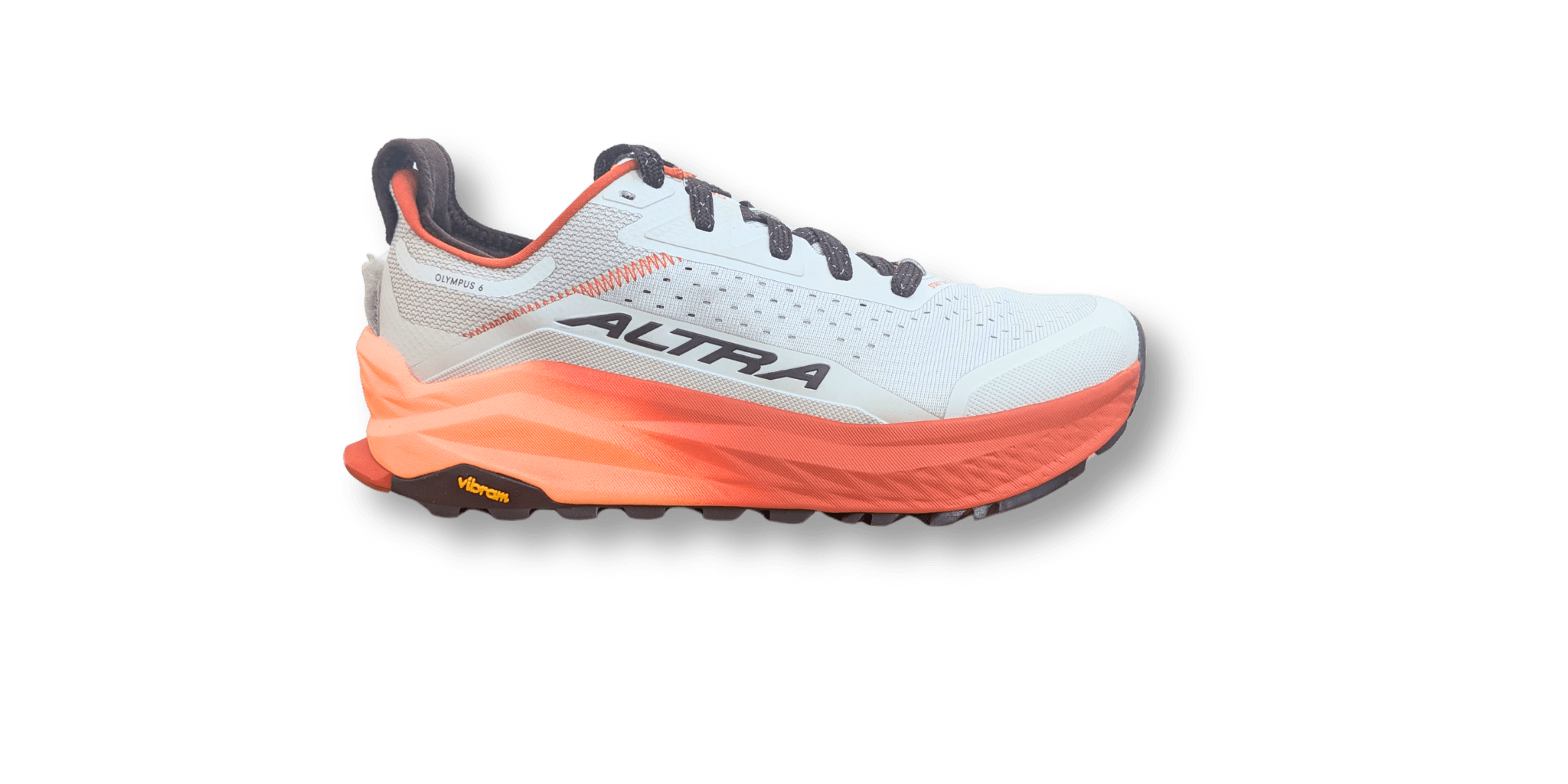
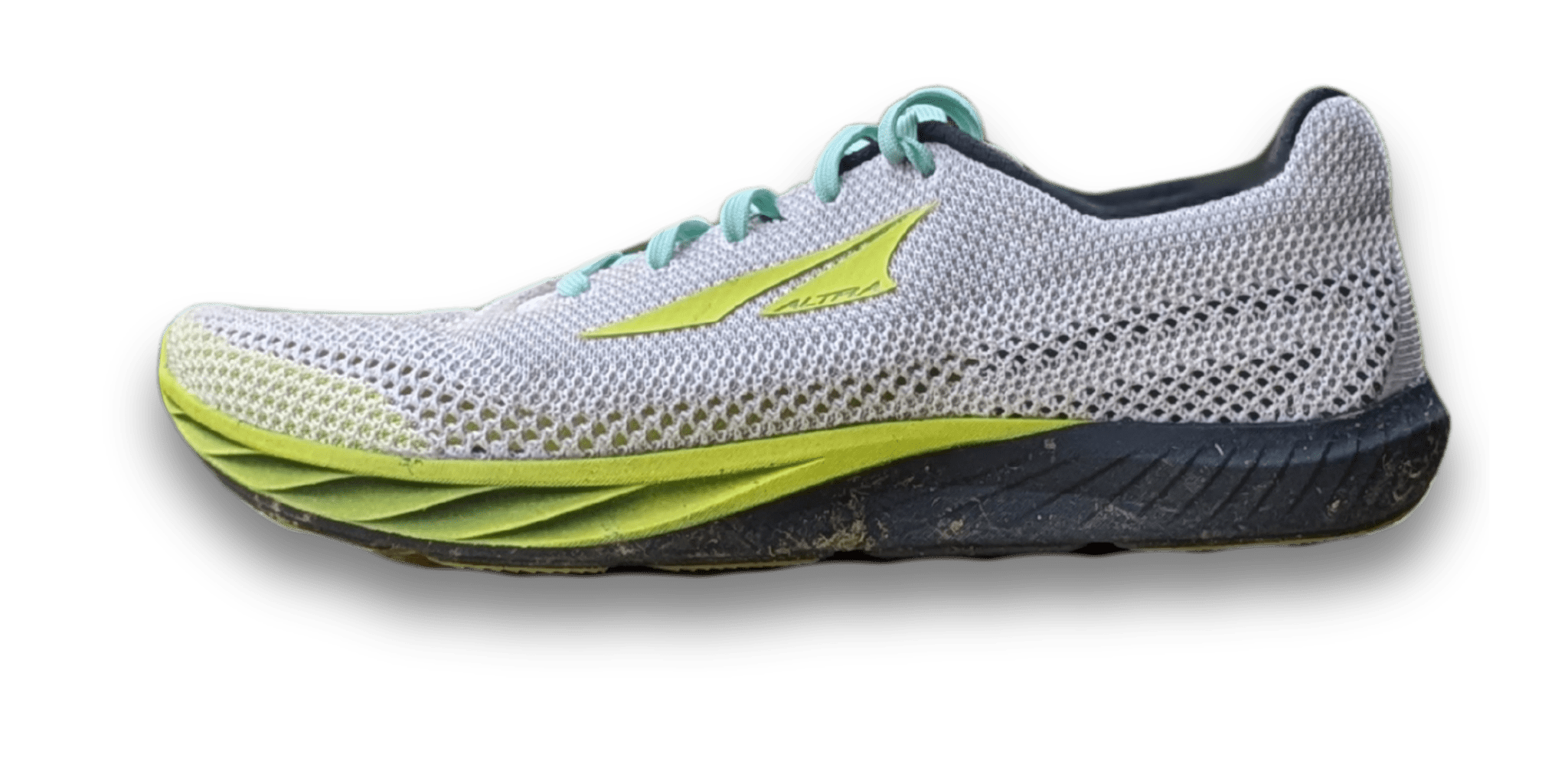
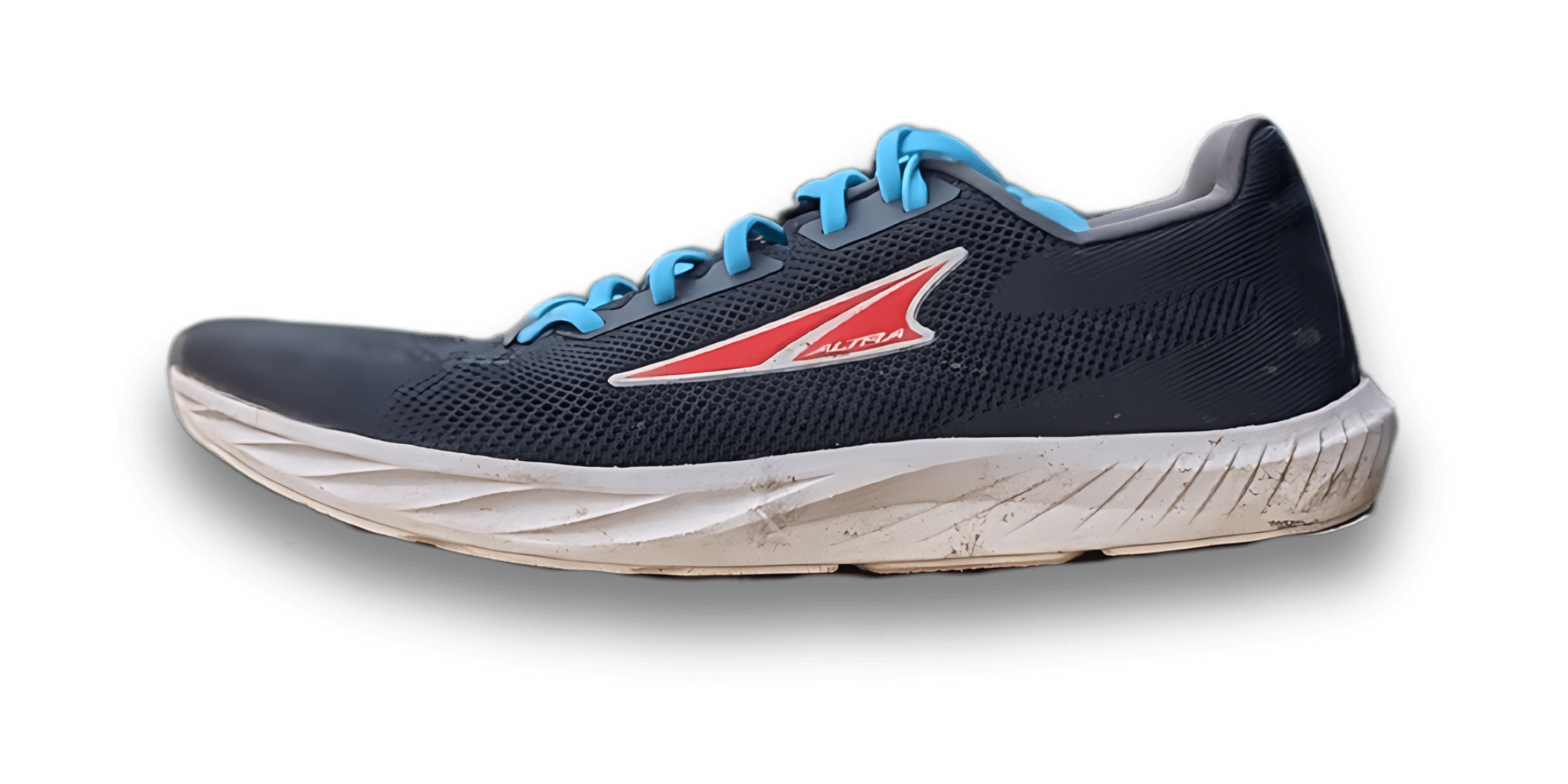
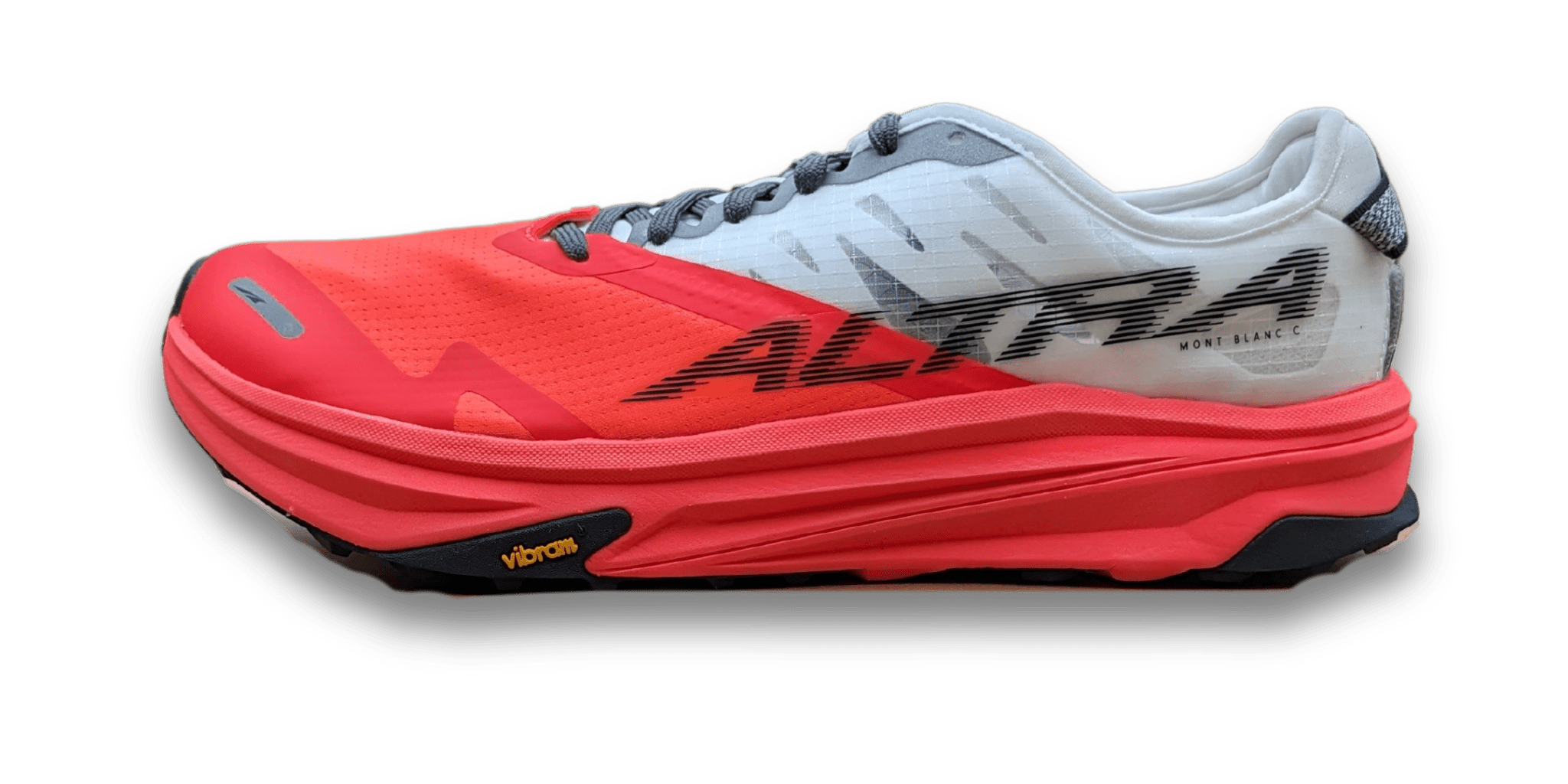

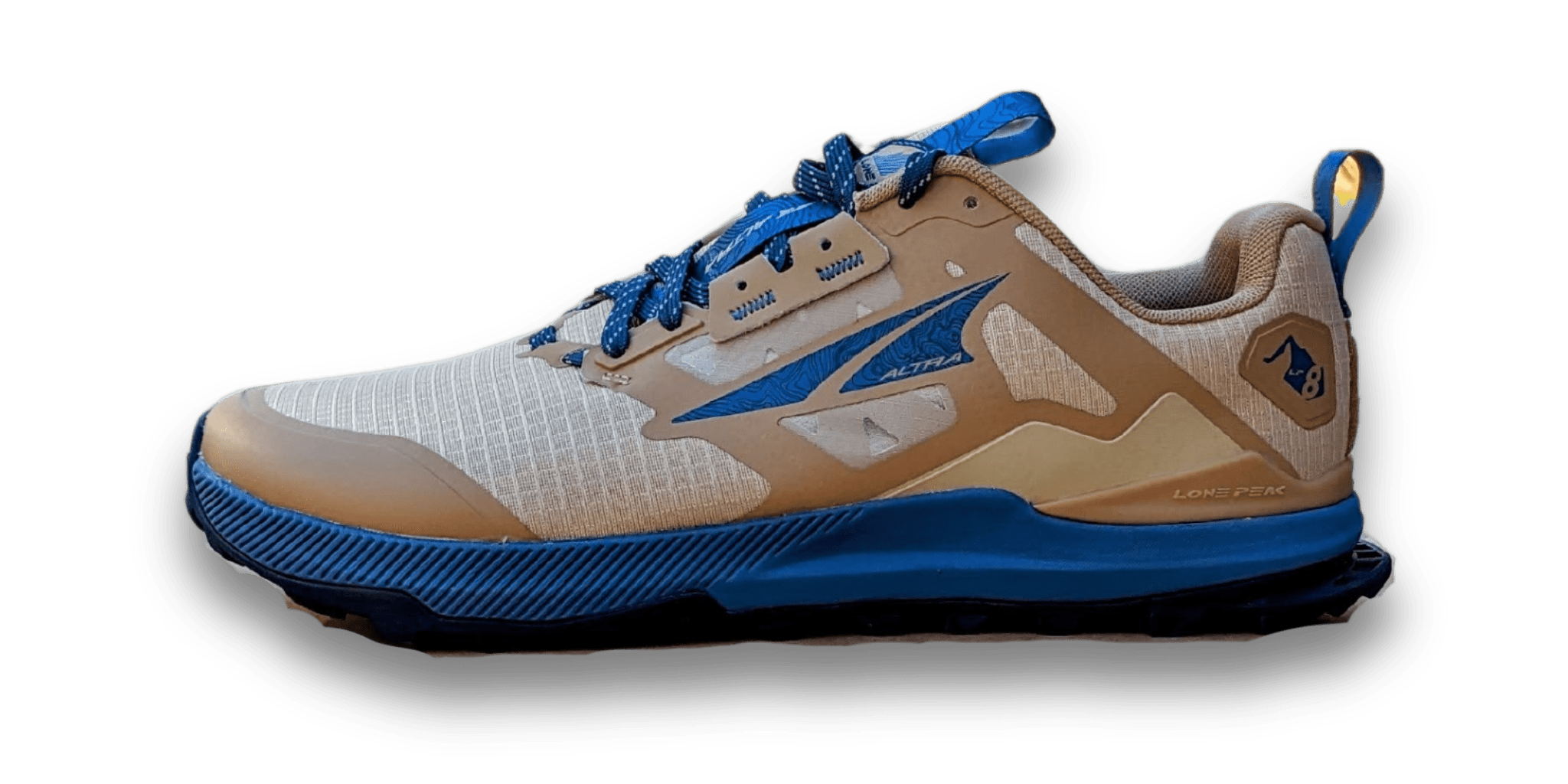
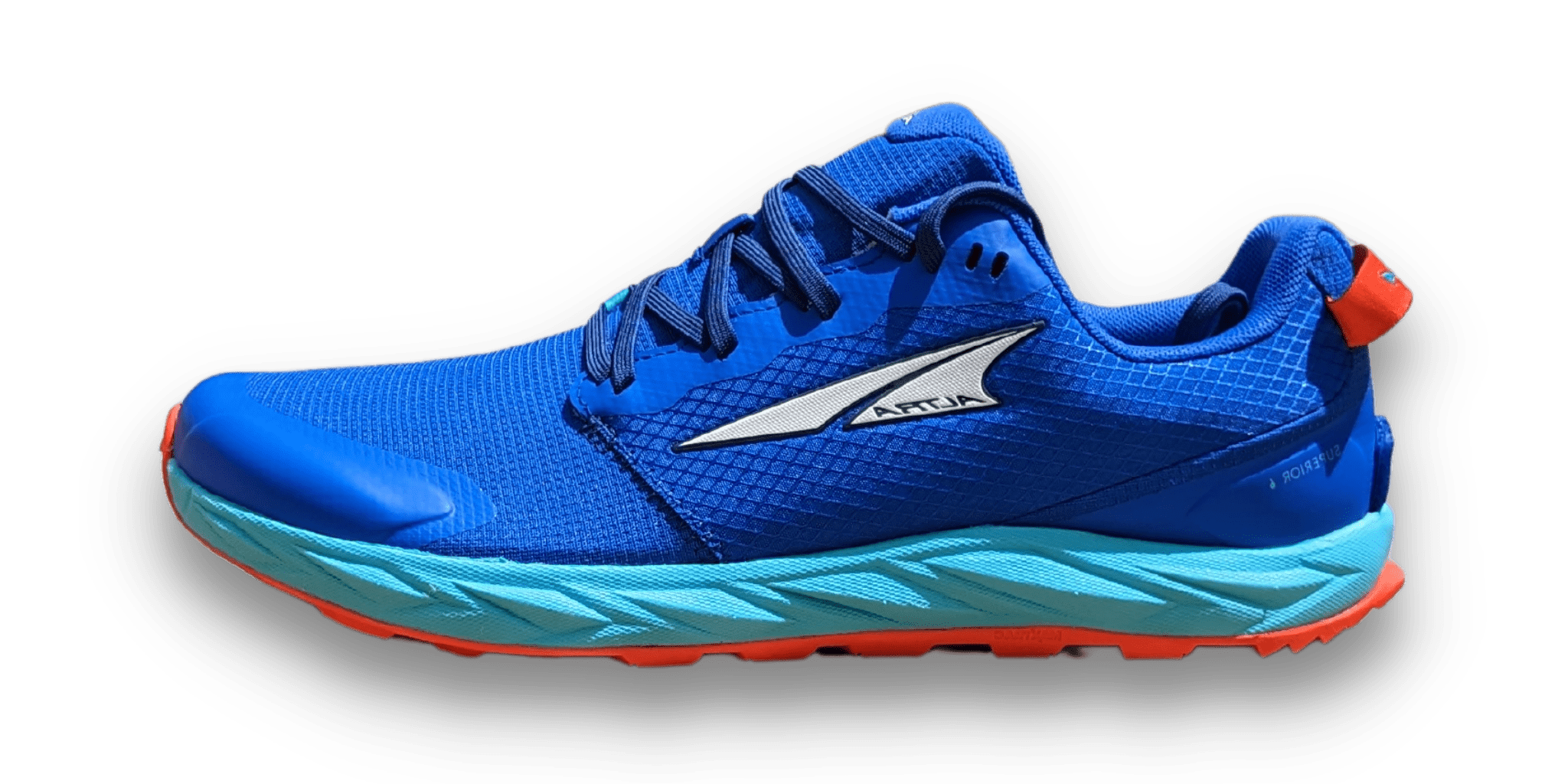
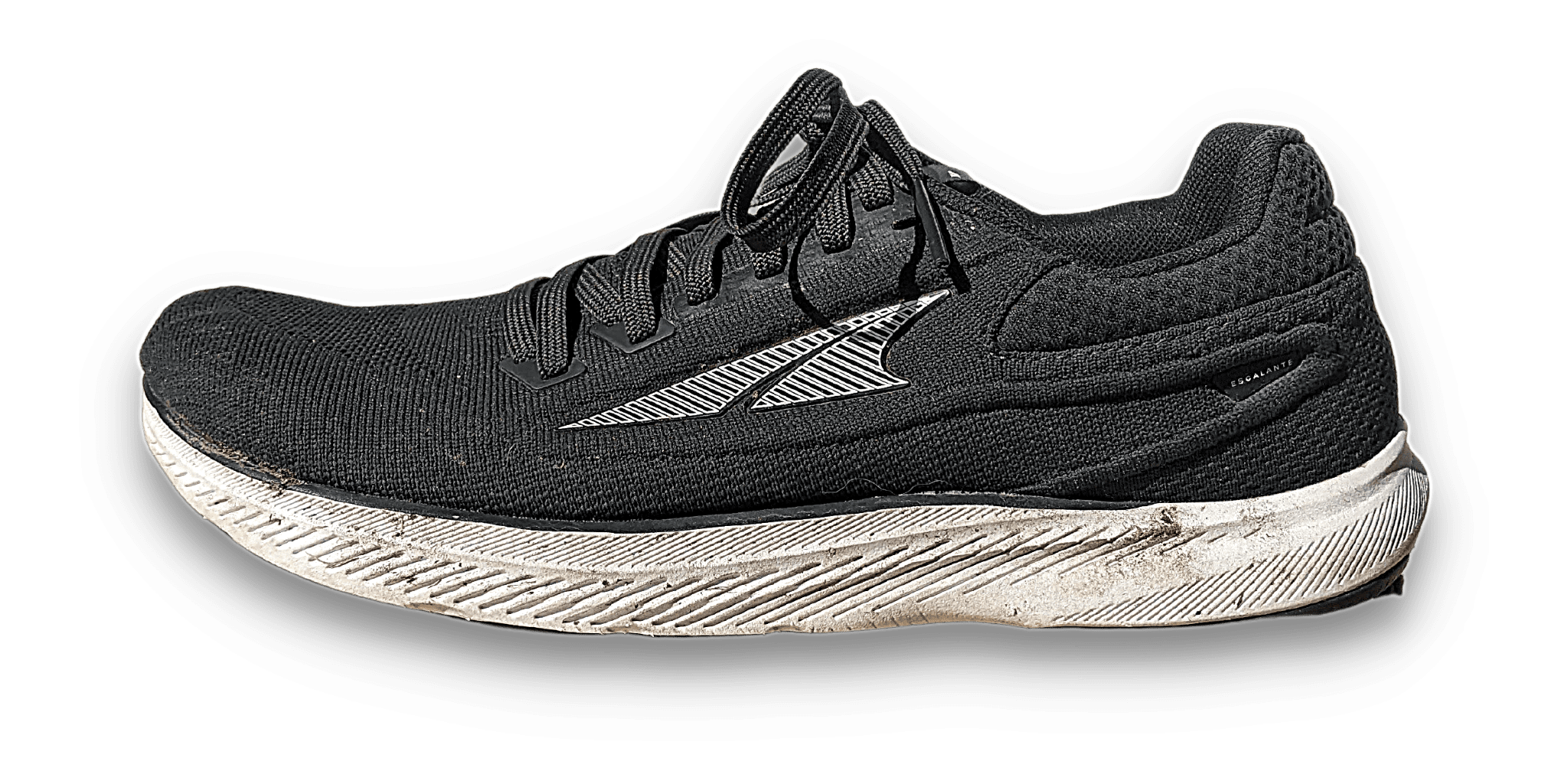

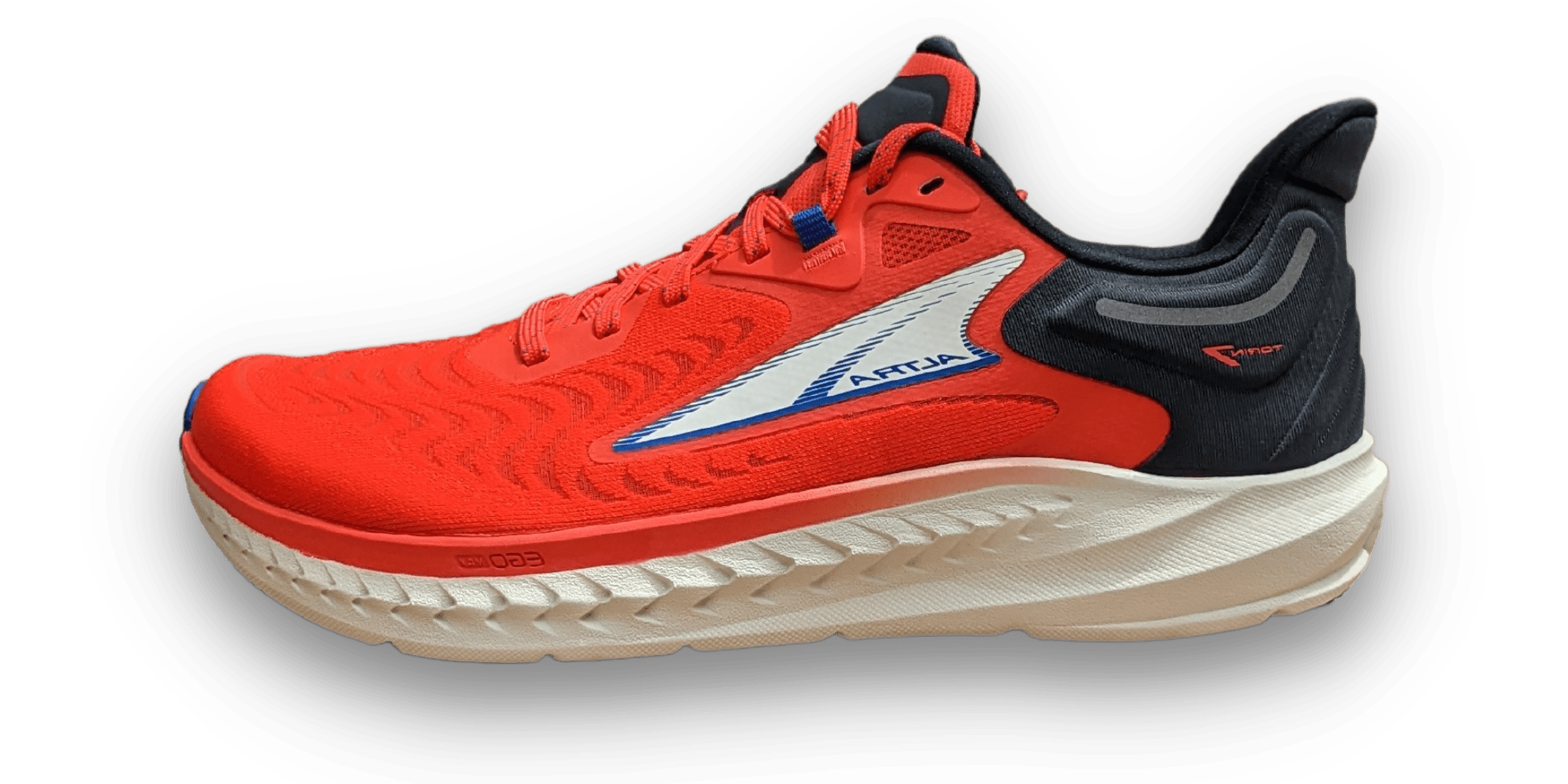



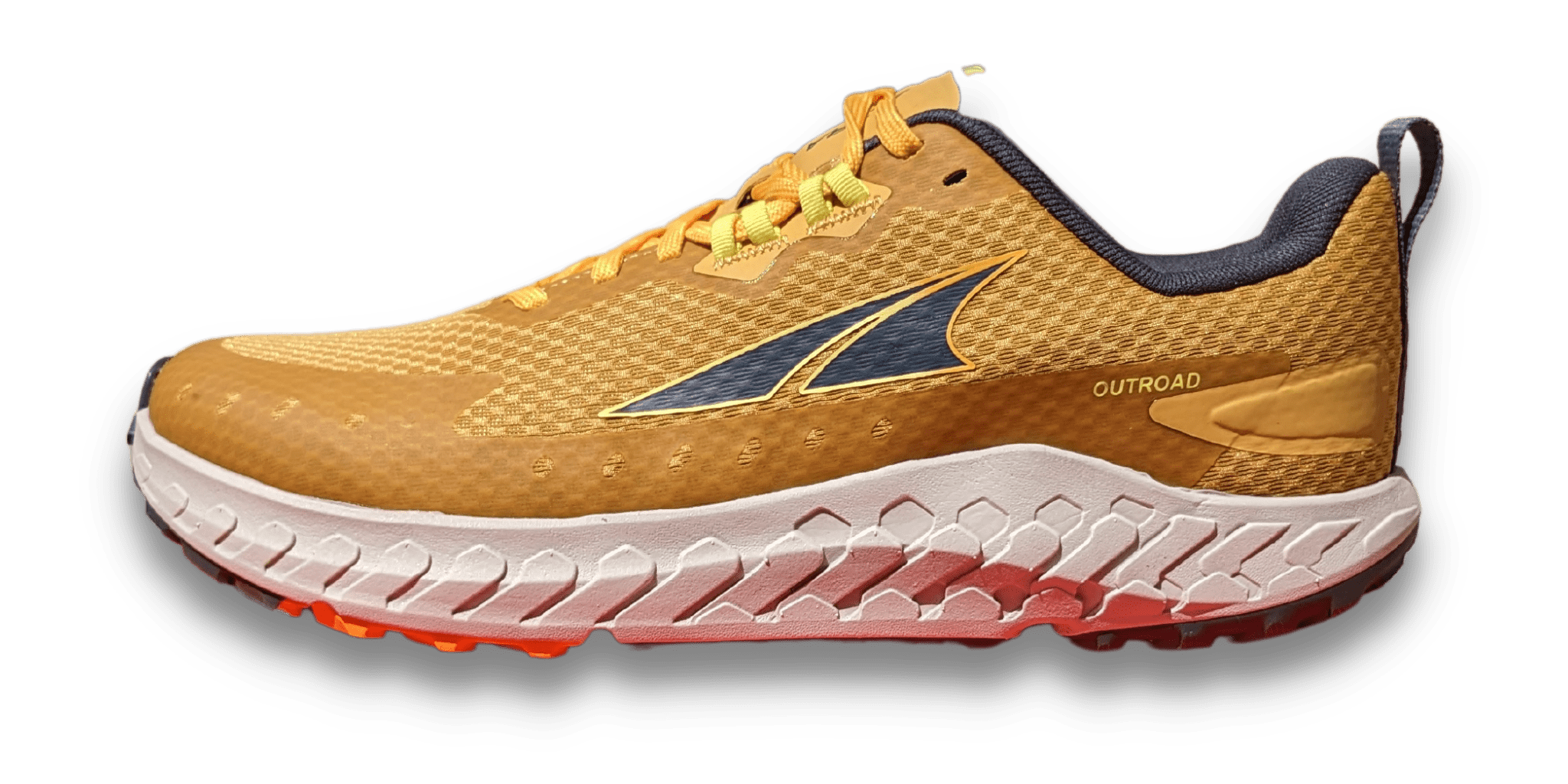

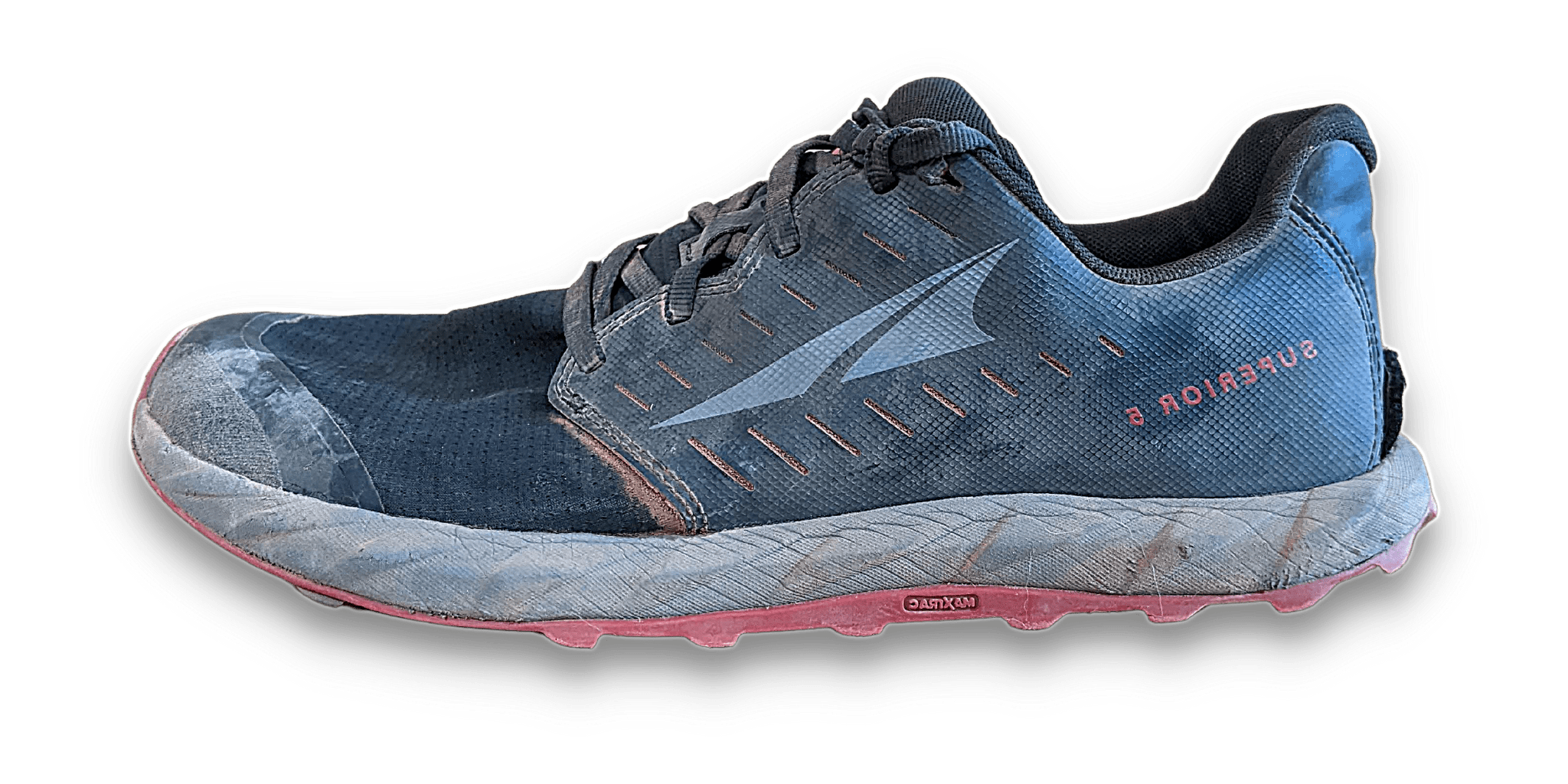
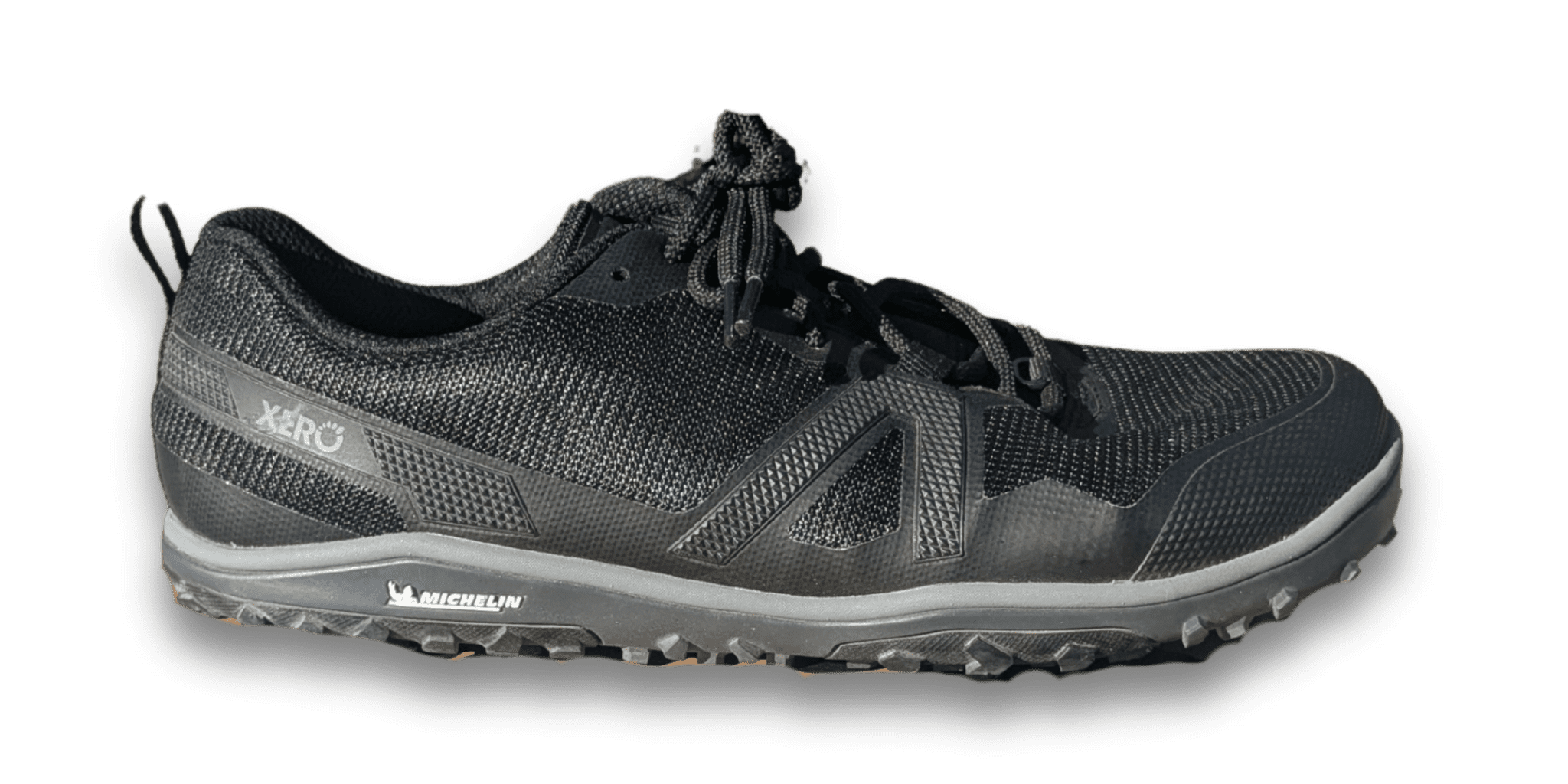
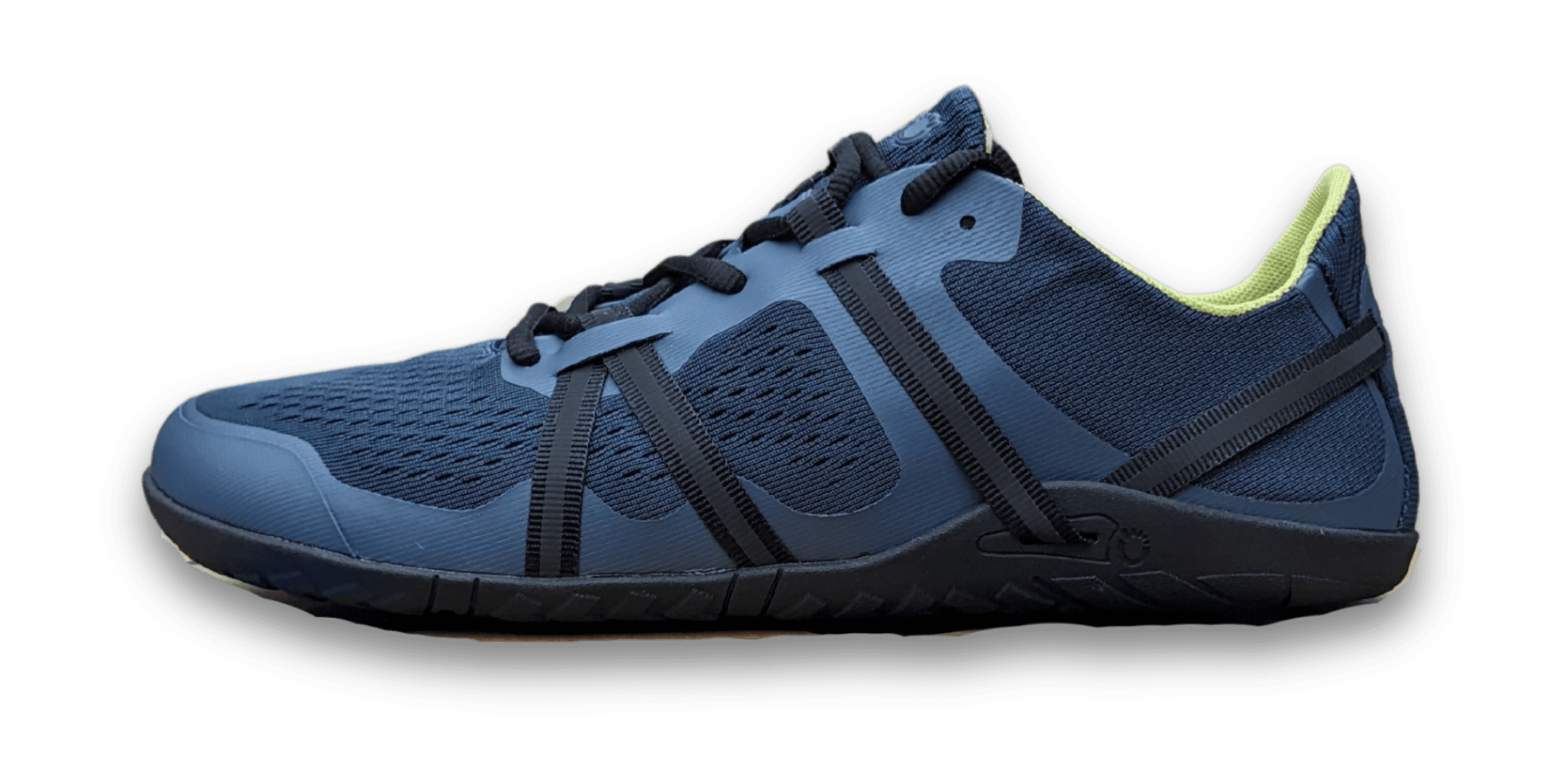
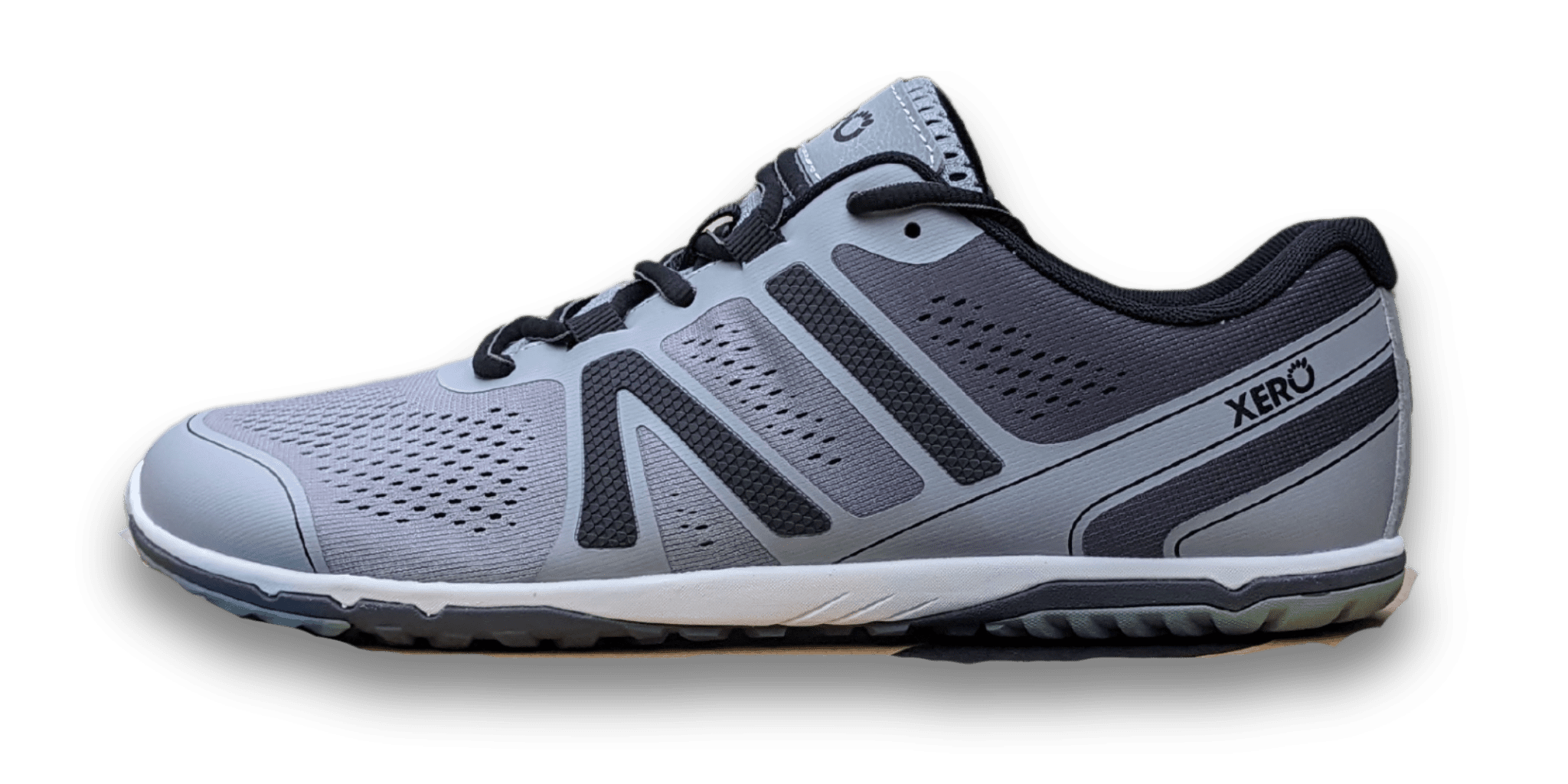

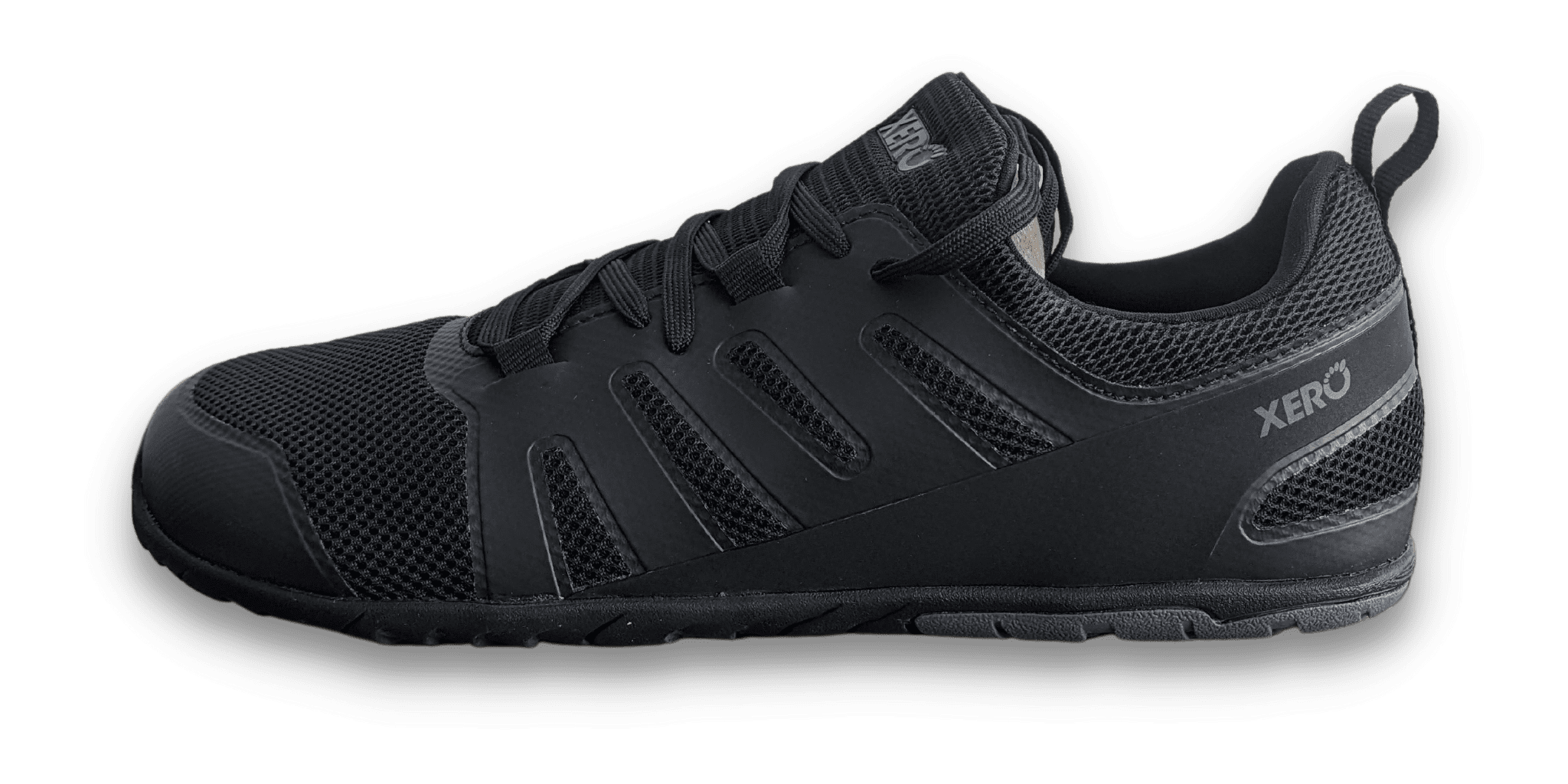
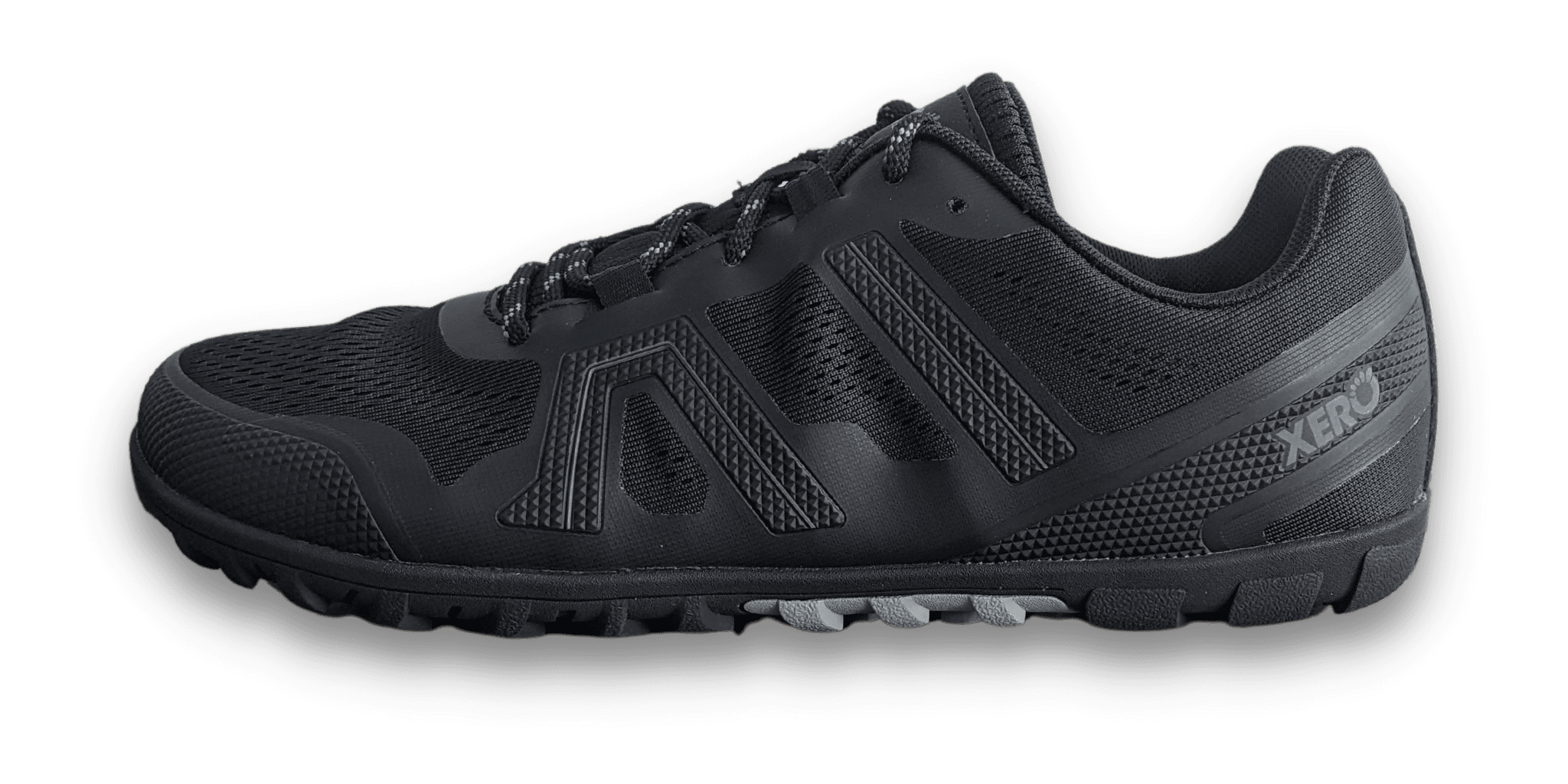
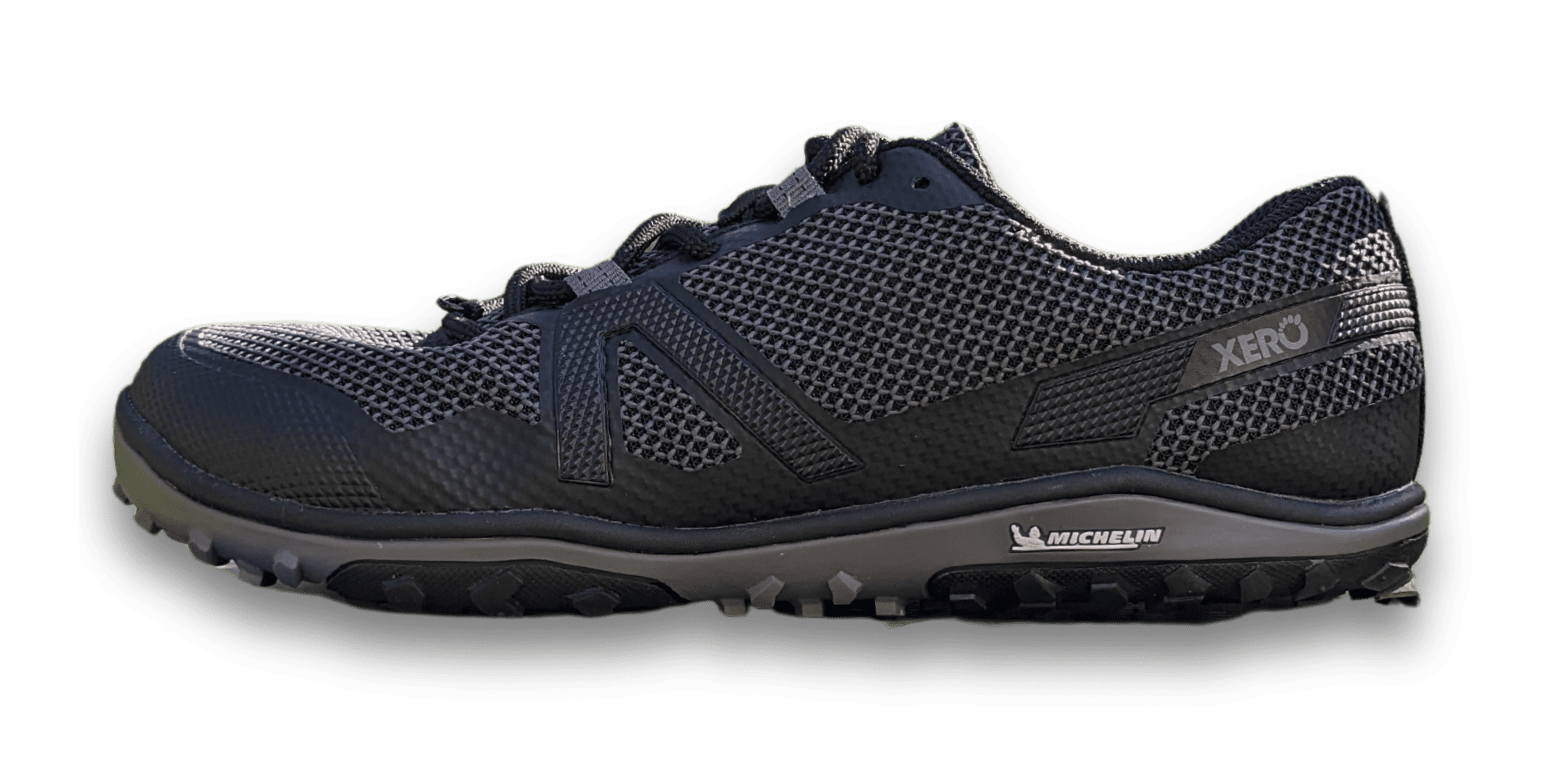

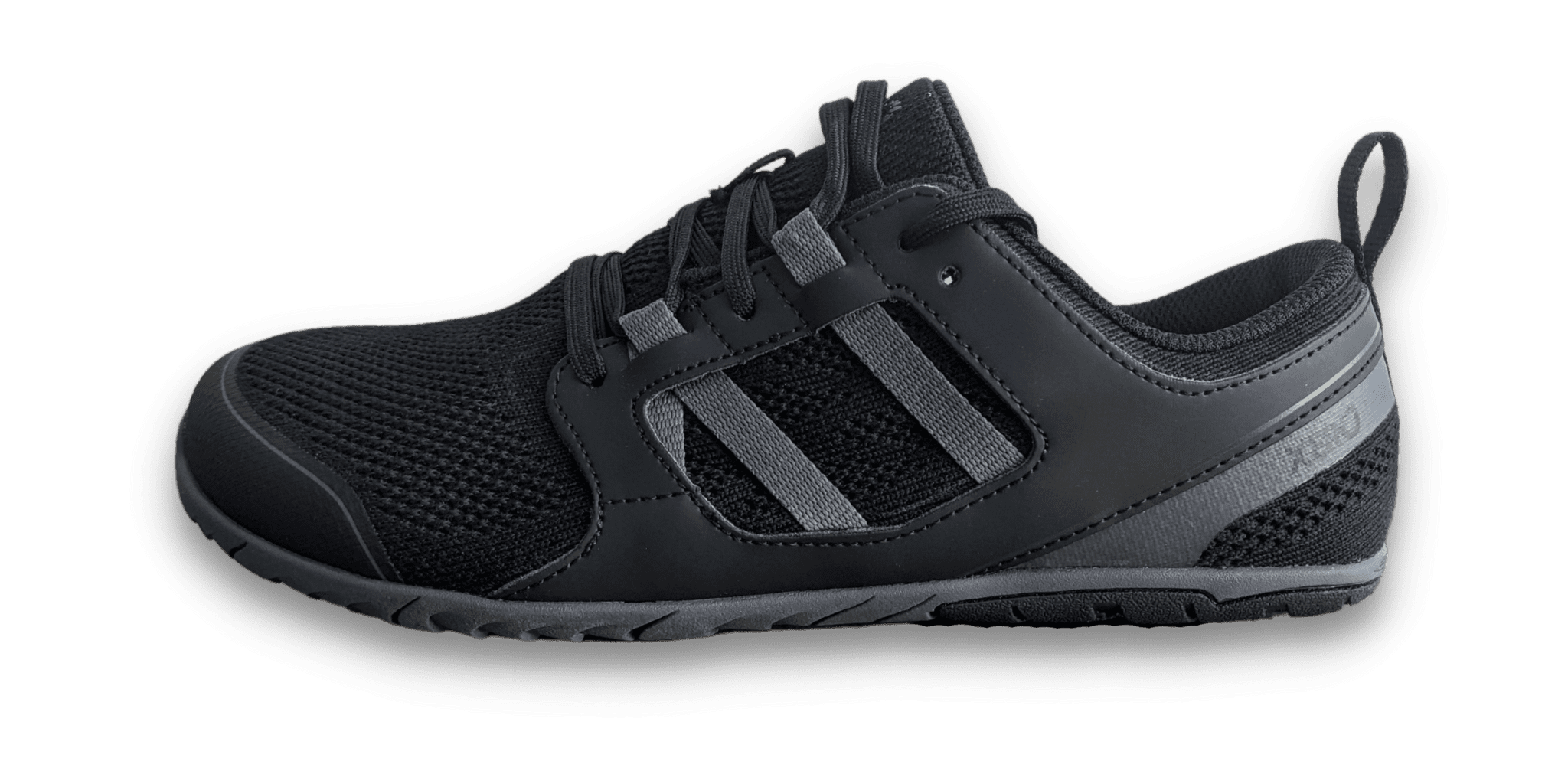
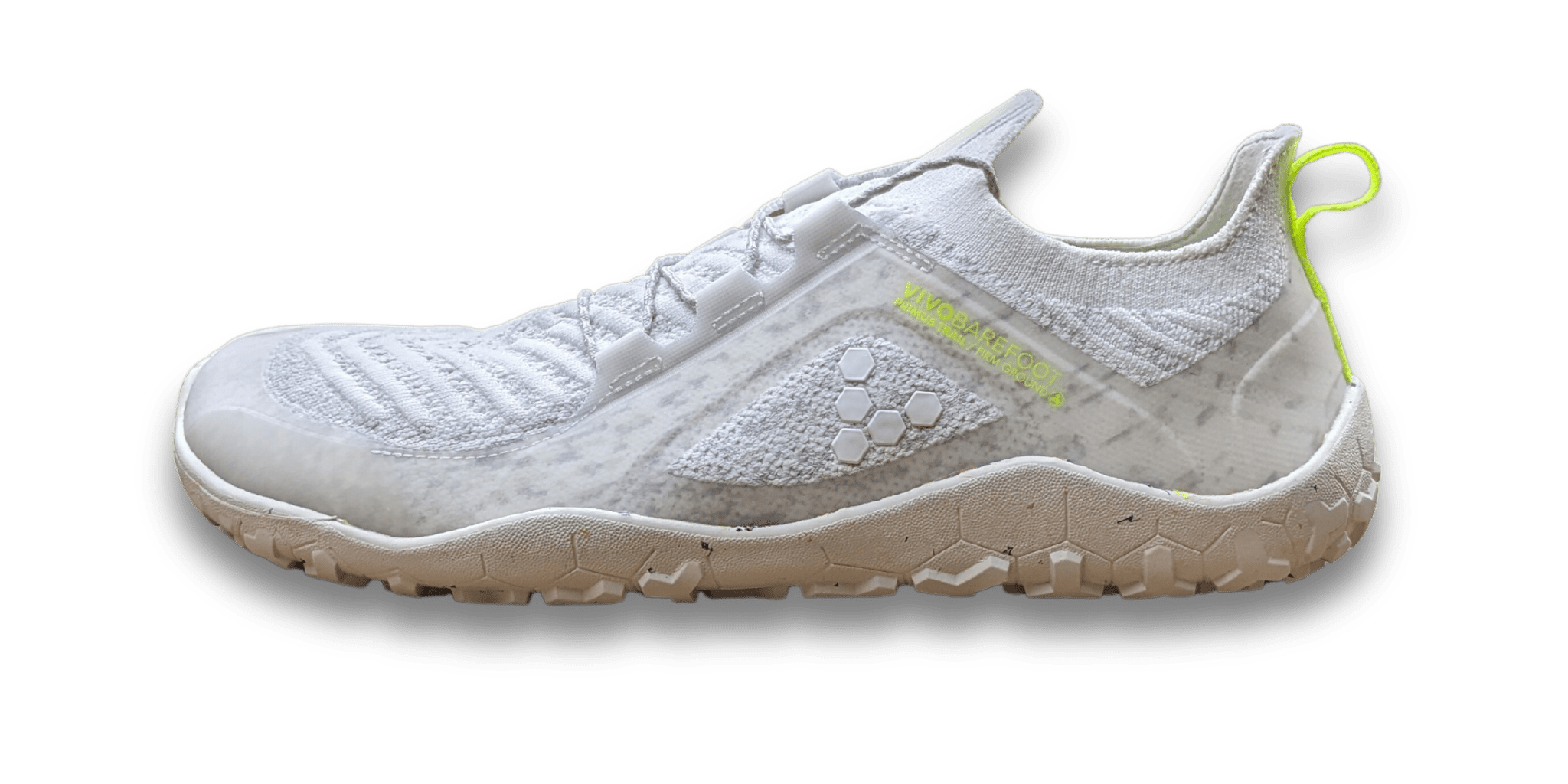


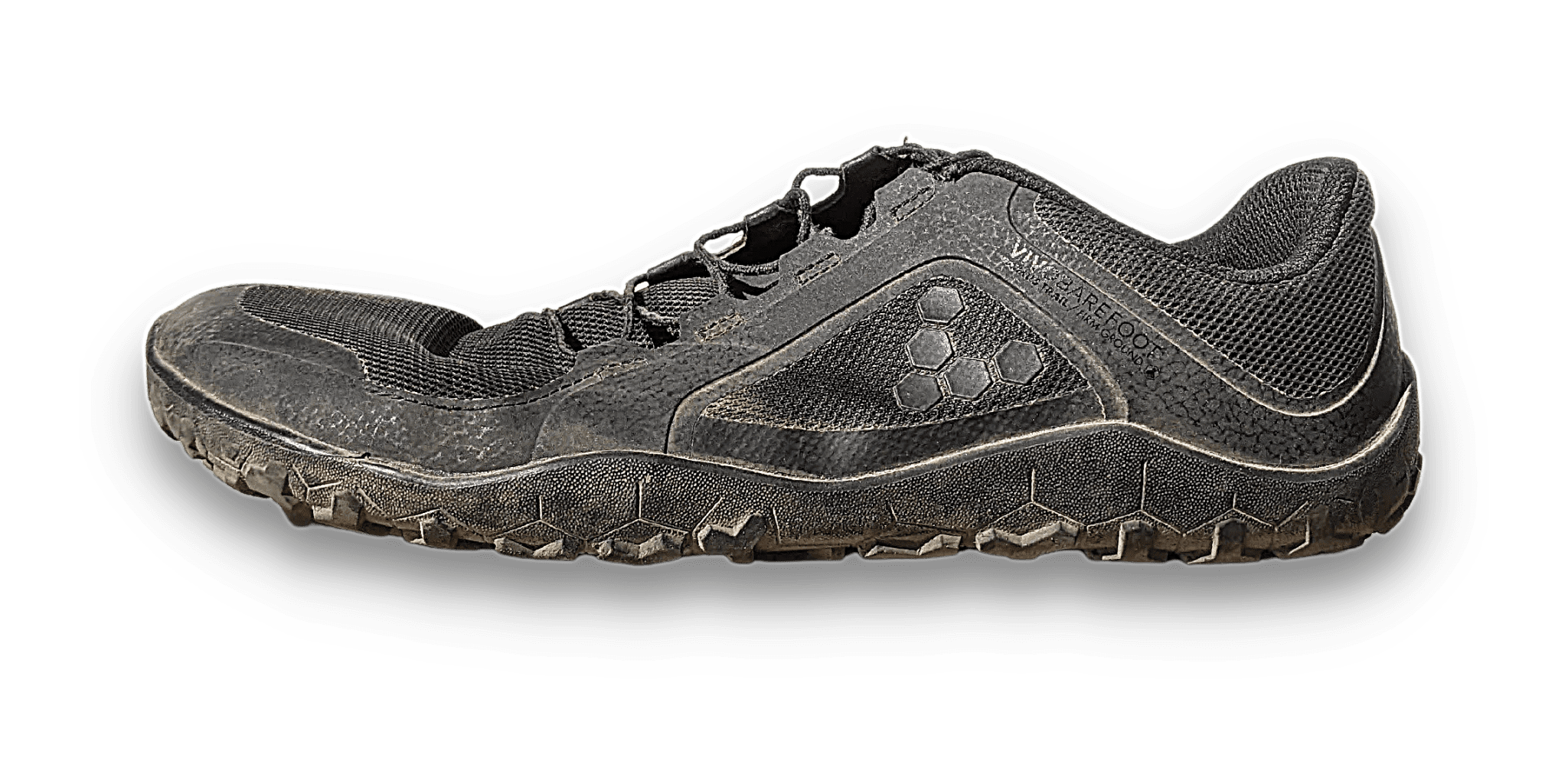

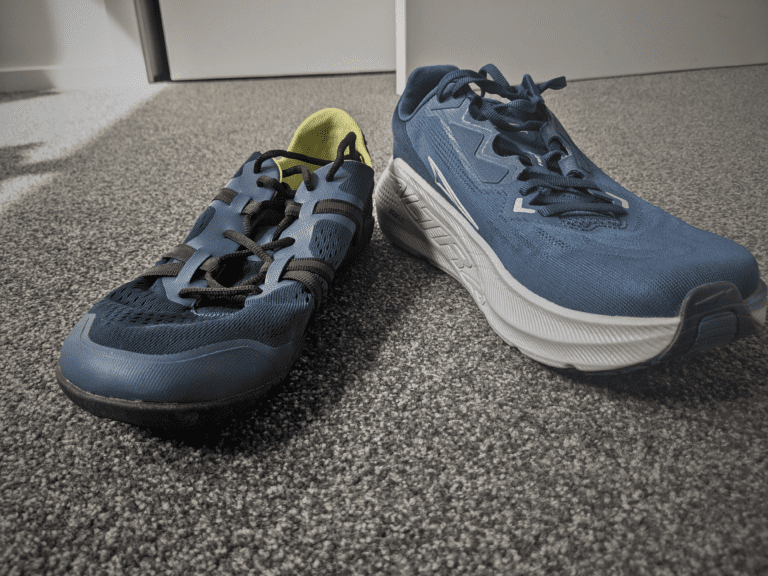
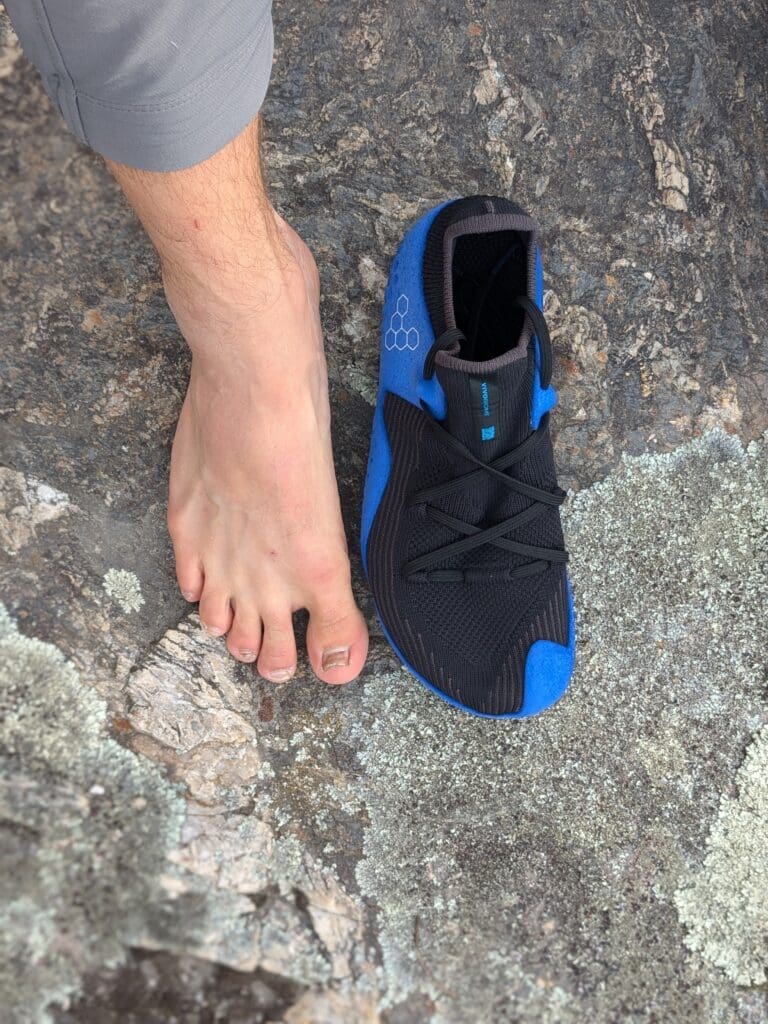
What courage to have launched into a 100 km with the scrambler low. I mostly use them for races of less than 50km. I’m starting a 120km race soon, with 8000 elevation gain. I don’t know what shoe to take. Either I stay on my Inov 8 trailfly, or I impatiently await a V2 of the Altra Mont Blanc version. By the way, do you have any information on this?
Thank you for your articles, I completely relate to your thoughts and choice of shoes.
120km with 8000 of gain! Now that’s serious! What race are you doing?
The Altra Mont Blanc V2, is actually going to be the Mont Blanc C (carbon) first. And we’re expecting that in January 2024. It looks like they’ve changed the heel (lucky!), but also many other things. So we’ll just have to wait and see. The Timp 5 could also be an interesting upgrade, which is touted for Jan 2024 too.
For now, I’d say, stick to what you know, and finger crossed we’ll see changes in the near future!
I’m going to do the great raid of the Pyrenees in France.
I will then look forward to your review of the Mont Blanc Carbone and the Timp 5 !
Well Done Nick for completing the 100k in the lakes and for the in depth review on the scrambler low & others. Very informative.
Would you know the best place to get this model as the UK Xero site has a limited range on offer ?
Thanks in advance
Thanks!
It’s such a shame that there’s such a limited range in the UK, I never knew that. I’ve looked around, but it looks like you’re out of luck unless you could somehow get them sent somewhere in the EU and have them forwarded. Just go careful with import taxes etc.
Hi Nick,
Congratulations for your 100k finish. Well done!
I am curious, you mentioned the Altra Superior to be too minimal but took a shoe from Xero. I never had the Scrambler Low, only the Mesa Trail and Prio, would both consider to be very minimal for a trail race. Is the Scrambler “so much more shoe”, especially compared to the Superior? By the way, you´re planing a review of the Scrambler? Love your side, looking forward to read from you every week-end!
Best wishes from Austria Wolfgang
Thanks Wolfgang! It’s always great to hear from you!
You’re correct in pointing out the misalignment with my reasoning behind not using the Superior but then opting for the Scrambler Low. Let me give more context.
I opted not to choose the Superior for two reasons. Grip and its minimal design. (There’s a third reason that my Superiors are in the US, and I’m in the UK, but we’ll ignore that, my decision would have been the same)
So why did I choose the Scrambler Low? Is that not minimal?
1. It’s more built up than other Xero Shoes. (nothing like the Mesa Trail II)
2. The outsole of the Scrambler is much better suited to muddy conditions. Exactly what I was expecting in the UK.
3. Subjectively, the mid-to-rear of the outsole is less flexible and more protective than the Superior.
4. Comfort over a long distance. (The upper is very forgiving)
Number 3 may surprise you. Is the Superior more minimal than a Superior? In a way, yes. The Scrambler Low may be lower in stack height, but the tougher foam and midsole make it feel slightly more protective. I estimated that the stiffness would reduce foot fatigue over a long distance.
If the race were to be a smoother, drier trail, it would have been a very tough decision. I like both of the shoes!
You can read the full Scrambler Low review here! That’ll explain a little more.
Hi Nick,
Thank you very much for taking the time to explain. I really appreciate all the effort and thought you put in this webside, your answers and posts.
Have a nice week, am looking forward for your next post 🙂
Kind regards _Wolfgang